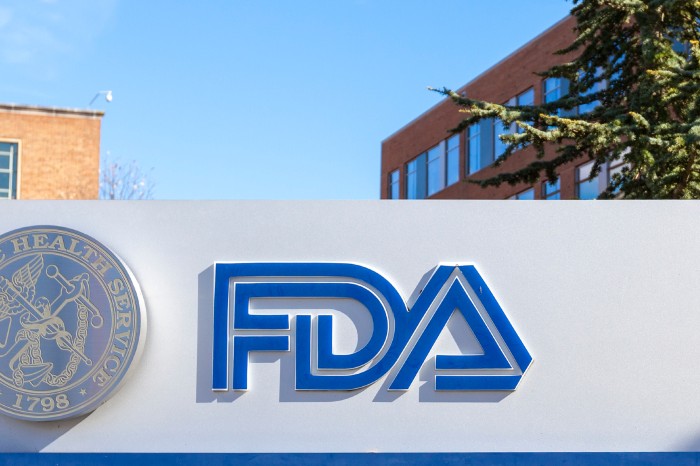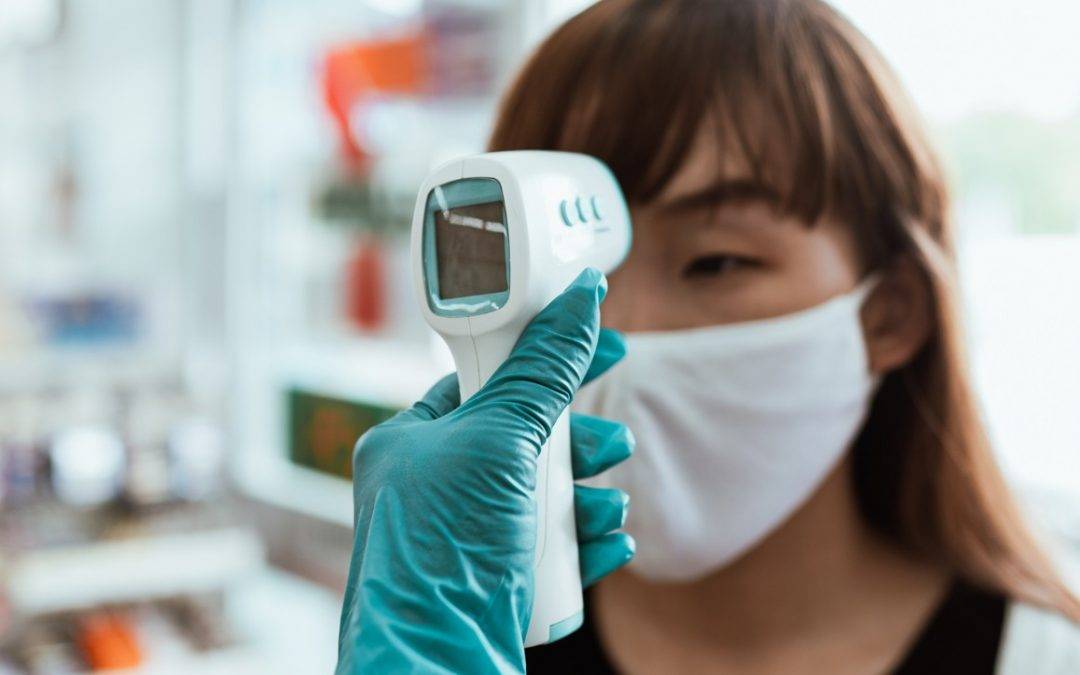The article provides an overview of the revised guidance document issued by the US authority to address certain regulatory matters and ensure legal clarity.

Table of content
The Food and Drug Administration (FDA or the Agency), the US regulating authority in the sphere of healthcare products, has published a guidance document dedicated to non-invasive remote monitoring devices used to support patient monitoring.
The document provides an overview of the applicable regulatory requirements, as well as additional clarifications and recommendations to be taken into consideration by medical device manufacturers and other parties involved in order to ensure compliance thereto.
At the same time, provisions of the guidance are non-binding in their legal nature, nor are they intended to introduce new rules or impose new obligations.
Moreover, the authority explicitly states that an alternative approach could be applied, provided such an approach is in line with the existing regulatory framework and has been agreed with the authority in advance.
Introduction
The FDA as an institution plays an important role in safeguarding the US from health threats such as emerging infectious diseases.
A notable example is the recent Coronavirus Disease 2019 (COVID-19) pandemic. Recognizing the urgent health needs during the pandemic, the FDA issued a guidance in March 2020 to ensure and expand the availability of non-invasive remote monitoring devices during the public health emergency (PHE).
These devices enable clinicians to monitor patients’ physiological data without direct contact, thereby minimizing the spread of COVID-19.
However, the FDA’s approach to the matter covered by the guidance has evolved.
Originally, the policy was to remain only for the duration of the public health emergency associated with COVID-19.
Yet, in March 2023, the FDA announced that the guidance would continue for an additional 180 days after the PHE’s expiration.
This decision reflects the FDA’s recognition of the substantial benefits these devices have demonstrated during the PHE.

The Importance of Non-Invasive Remote Monitoring Devices
These monitoring devices became vitally important in the healthcare landscape, mostly because they acquire patient data without necessitating in-clinic visits.
They help in managing patient health by sending data directly to healthcare providers, thereby cutting down the need for in-person services.
Initially, the policy aimed to reduce direct contact between patients and healthcare providers, mitigating the risks associated with COVID-19.
However, having seen their effectiveness, the FDA believes it will be beneficial to extend certain enforcement policies related to these devices.
The FDA guidance dedicated to the matter has undergone revisions, notably the removal of an expiration date for the enforcement policy.
Nonetheless, the FDA will remain vigilant, ready to further revise, withdraw, or undertake other regulatory actions as deemed necessary based on the new information becoming available.
Also, the authority additionally emphasizes the importance of adhering to recognized consensus standards.
Interplay Between MDSW and Hardware Components
Numerous MDSW apps generate diagnostic or therapeutic information by processing data from hardware components.
These components can act as input sources and controls for the MDSW.
Such apps typically need a computing platform and energy source, often provided by devices like smartphones.
The effectiveness of these apps depends on the performance, accuracy, and reliability of their paired hardware components.
Guidance Scope
The regulatory policy described in the document applies to modified non-invasive remote monitoring devices that were legally marketed before and are used for patient monitoring.
These devices can connect wirelessly and transmit patient data to healthcare providers.
At the same time, it is important to mention that certain device types like the Oximeter and Clinical electronic thermometer were excluded from the list in the recent versions of the guidance.
Policy Implementation and Rationale Behind
According to the guidance, manufacturers must adhere to specific requirements before marketing these devices in the US.
However, recognizing the challenges of the pandemic, the FDA has shown flexibility. It does not object to minor modifications in device indications or functionality, as long as they don’t pose undue risks or alter the measurement algorithm.
Examples of such permissible modifications include extending the use of devices from healthcare facilities to home settings and updating the hardware or software for enhanced remote monitoring.
The FDA objectives included, inter alia, to increase the availability of these devices and to reduce potential COVID-19 transmission.
This aligns with the Center for Devices and Radiological Health’s (CDRH) strategic priorities from 2022 to 2025, which emphasizes advancing health equity and enhancing access to digital health technologies.
Additional Details
As it was mentioned before, modifications are allowed under specific conditions. Devices that facilitate increased remote monitoring without affecting the physiological parameter measurement algorithm or posing undue risks are permitted.
However, modifications that might introduce new functionalities or change the device’s core purpose would typically require a new submission.
The FDA also emphasizes the importance of clear labeling for devices. Labels should clearly describe device performance, potential risks, usage conditions, and instructions, especially if a device’s usage environment has expanded.
Additionally, as devices evolve, cybersecurity remains vitally important. Manufacturers must comply with cybersecurity requirements outlined in the respective guidance document to ensure the safety and functionality of these devices.
Conclusion
In summary, the present FDA guidance describes in detail the regulatory approach the authority applies with respect to medical devices utilising remote connection technologies.
Initially used during the pandemic, such products became vitally important, so the authority takes additional steps to ensure their further development.
How Can RegDesk Help?
RegDesk is a holistic Regulatory Information Management System that provides medical device and pharma companies with regulatory intelligence for over 120 markets worldwide. It can help you prepare and publish global applications, manage standards, run change assessments, and obtain real-time alerts on regulatory changes through a centralized platform. Our clients also have access to our network of over 4000 compliance experts worldwide to obtain verification on critical questions. Global expansion has never been this simple.

